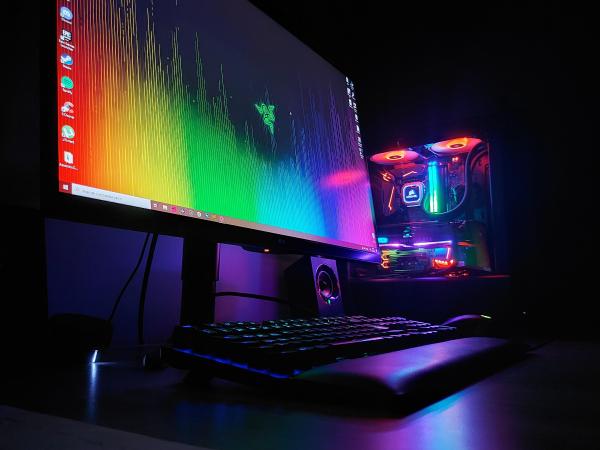Instructions On How To Build Your First Ever Gaming Rig
Many gamers love building their own gaming rigs but often don't know where to begin. Thankfully, it isn't as challenging or terrifying as you might imagine. And while you may be intimidated by the process of building your own gaming rig, it doesn't have to be complicated. All you need are a few essential tools, a little bit of patience, and some know-how. Here are some of the basic steps you need to take to get your rig up and running in no time.
Source Your Parts
The first part of any build is to source the parts you need to build the rig of your dreams. Fortunately, this is relatively straightforward compared to the rest of the process. You have numerous options here, but you should head to reputable parts providers. You can often tell if such vendors are reputable by checking if they have official partnerships with the leading brands and if they provide money-back guarantees. Most Gaming PC parts vendors will specify who they have partnered with to help you select the right parts. The professionals at Quzo, note on their website that they are official partners with the likes of Nvidia, AMD, and other leading brands in the computer space which is a good indication that you will get officially branded components. In addition to offering the best prices, these providers also provide top-notch customer service in case something goes wrong.
Install The Power Supply
A gaming PC power supply is a device that converts AC power to DC power, which is then used by the computer. The power supply is a crucial component in any computer system, and it needs to be chosen wisely. The quality of the power supply is vital because it can make or break a gaming experience. A good quality supply will have low noise levels, a high-efficiency rating, and enough wattage for future upgrades. You will need to perform a few basic calculations regarding the power consumption of your other parts to see what voltage your build requires. When in doubt, get the most powerful supply within your budget. Essentially, you want to avoid your PC cutting out every time your CPU or graphics card begins to draw more power.
Set Up The Motherboard Inside The Case
A PC motherboard is a key component of a gaming PC. It is the circuit board that connects the CPU, graphics card, memory, and other components to one another. A gaming PC motherboard has many features that are important for gamers. These include:
- The number of PCIe slots (PCIe is a type of expansion slot for adding hardware)
- The number of USB ports
- The number of RAM slots
- The amount of onboard storage space
You will need to carefully place all of your essential components on the board and then secure it into your case. In most cases, you will need to install your CPU first. Follow the instructions provided. Just ensure that your motherboard is compatible with your CPU; otherwise, you could have an expensive mistake on your hands (unless you chose a reputable supplier, as mentioned earlier!).
Place Your CPU Cooler Over The CPU
A CPU cooler usually consists of a fan and a heat sink designed to cool the computer's processor. The heat sink is generally made from metal, and it has several fins for maximum surface area. The fan blows air over the heat sink, cooling the processor. However, before you place your cooler on top of the CPU, you should squeeze a liberal amount of thermal paste to cover it.
Install Your Storage And RAM
You can't store any games to play without storage, and when it comes to this component, the faster, the better. In most cases, you should aim for an SSD (preferably an M.2 or NVMe, which provides the fastest read/ write speeds). However, you also need to balance this with what your motherboard can accept and storage space. In most cases, the faster the drive and the larger the capacity, the more expensive it will be. However, this is something you shouldn't skimp on as it will have an outsized influence on your gaming pleasure. You should also install your RAM modules. While RAM isn't the be-all and end-all when it comes to gaming (as opposed to things like media editing), you should aim for a minimum of 16GB DDR4 RAM and more if possible.
Prepare Your Graphics Card
Without an amazing graphics card, you will never be able to reach those 120 FPS speeds that your expensive monitor can handle! As long as you have checked motherboard compatibility and your case size is adequate, it is typically a case of plugin everything in and securing it to the case.
Get Your Cable Management On Point
This section is not strictly necessary, but it will make your life easier when you come to replace hardware or fix problems. It only takes a few minutes to organize your cable management, but you'll be grateful you did.
Gaming PCs have come a long way. By following some of the points in this post, you will build a rig that will provide you enjoyment for years to come. Choose your parts wisely, research, and have fun!

